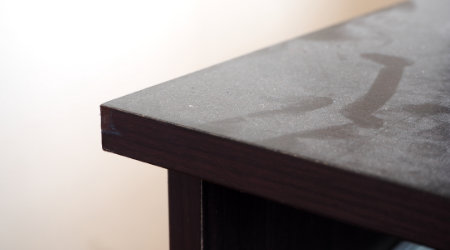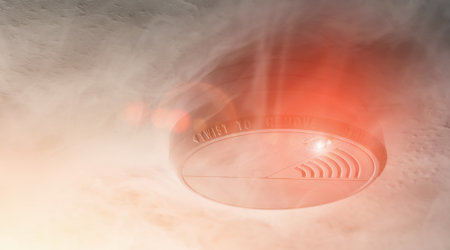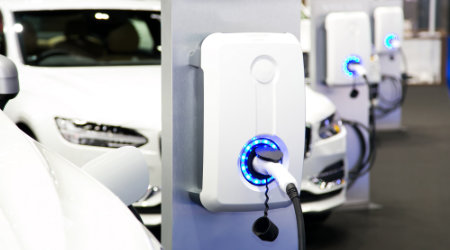
Researchers Use Campus Dust to Track COVID-19
September 14, 2021
Cleaning and sanitizing institutional and commercial facilities has become a top priority over the last 18 months for facility managers seeking to ensure surfaces are clean and free of dust and potential infections, most notably the coronavirus. For one institution, however, dust left behind in facilities might offer clues in tracking the spread of COVID-19.
Researchers are collecting dust from 50 buildings on The Ohio State University campus this fall to monitor the prevalence of COVID-19 and track the virus’s variants. Their analyses and experiments are designed to help the university understand where COVID-19 pockets might exist as the campus opens to near-pre-pandemic levels this fall.
Their study is built on previous research that showed that RNA — part of the genetic material from inside the COVID-19 virus — can persist up to a month in dust. For that study, researchers collected dust from residence hall rooms on campus that housed students known to be infected with COVID-19. Viruses do not remain infectious in dust, leaving only the genetic material behind. Analyzing that genetic material offers a noninvasive, low-cost way of monitoring for COVID-19.
The system does not allow the researchers to pinpoint a COVID-19 infection. They could not, for example, identify the specific rooms in a building where the virus’s genetic material was shed. But the system does allow them to identify individual buildings where the virus’s genetic material appears in higher volumes. That will allow the university to understand how and where the virus might be spreading and to make choices that help keep students, faculty and staff safe.
Dan Hounsell is Senior Editor, Facility Market.
Next
Read next on FacilitiesNet












